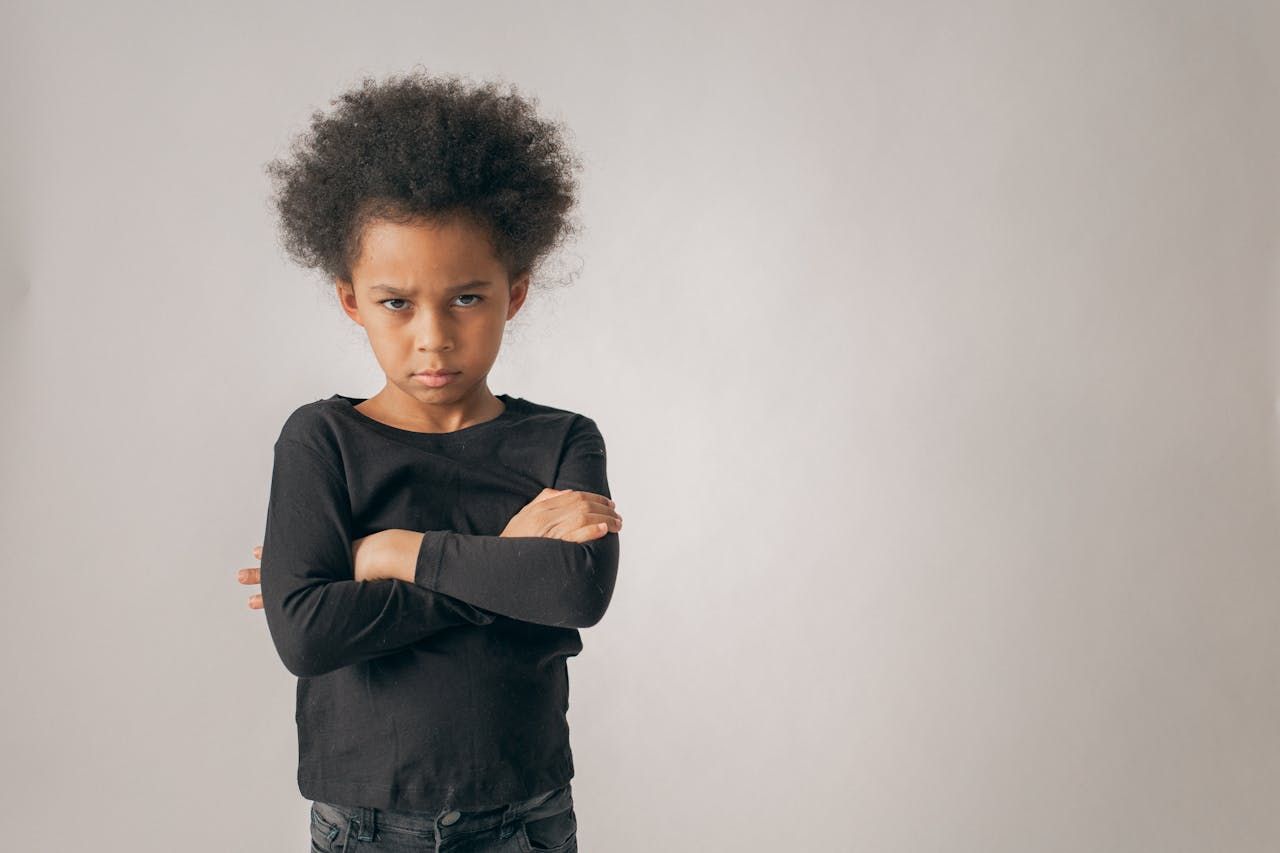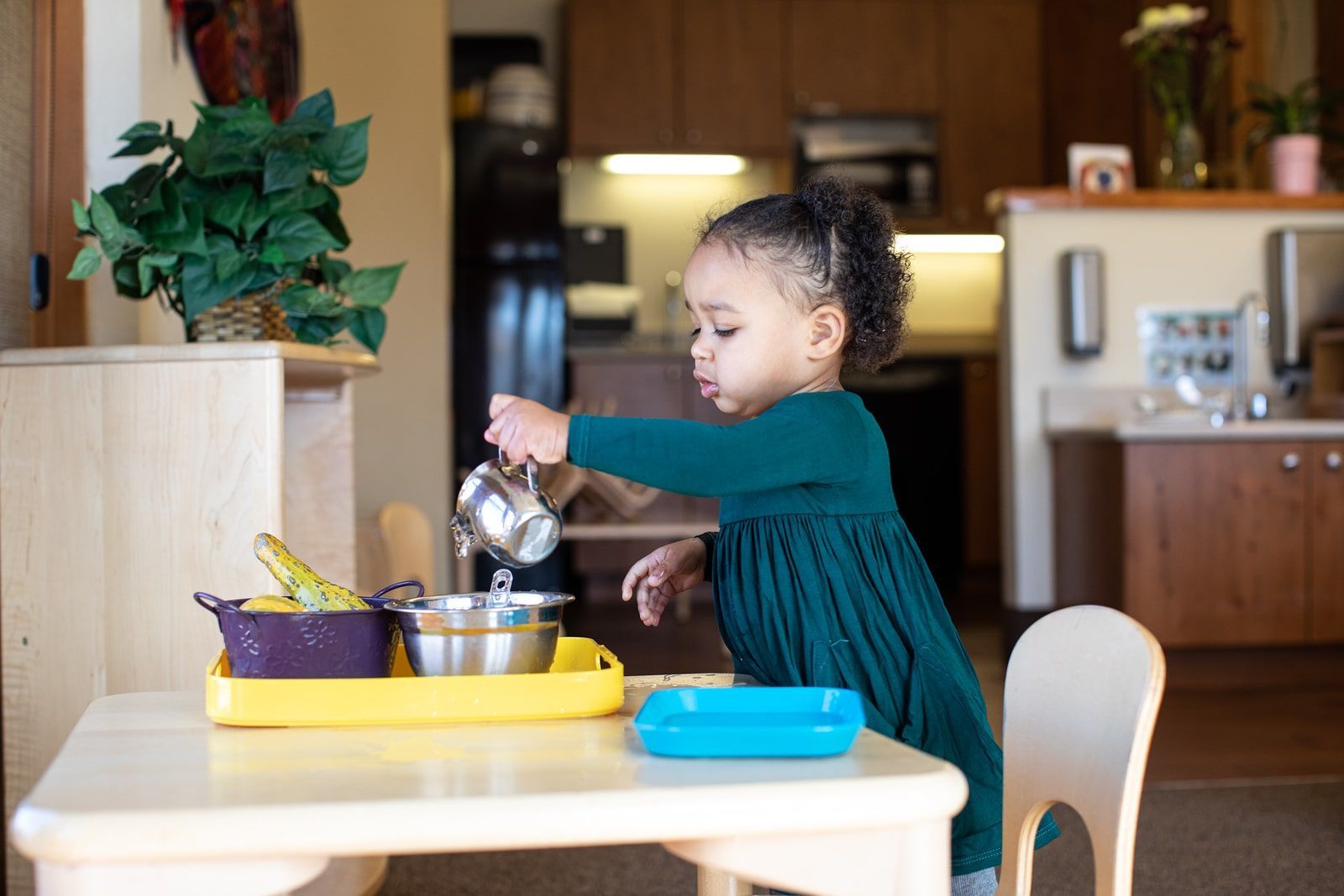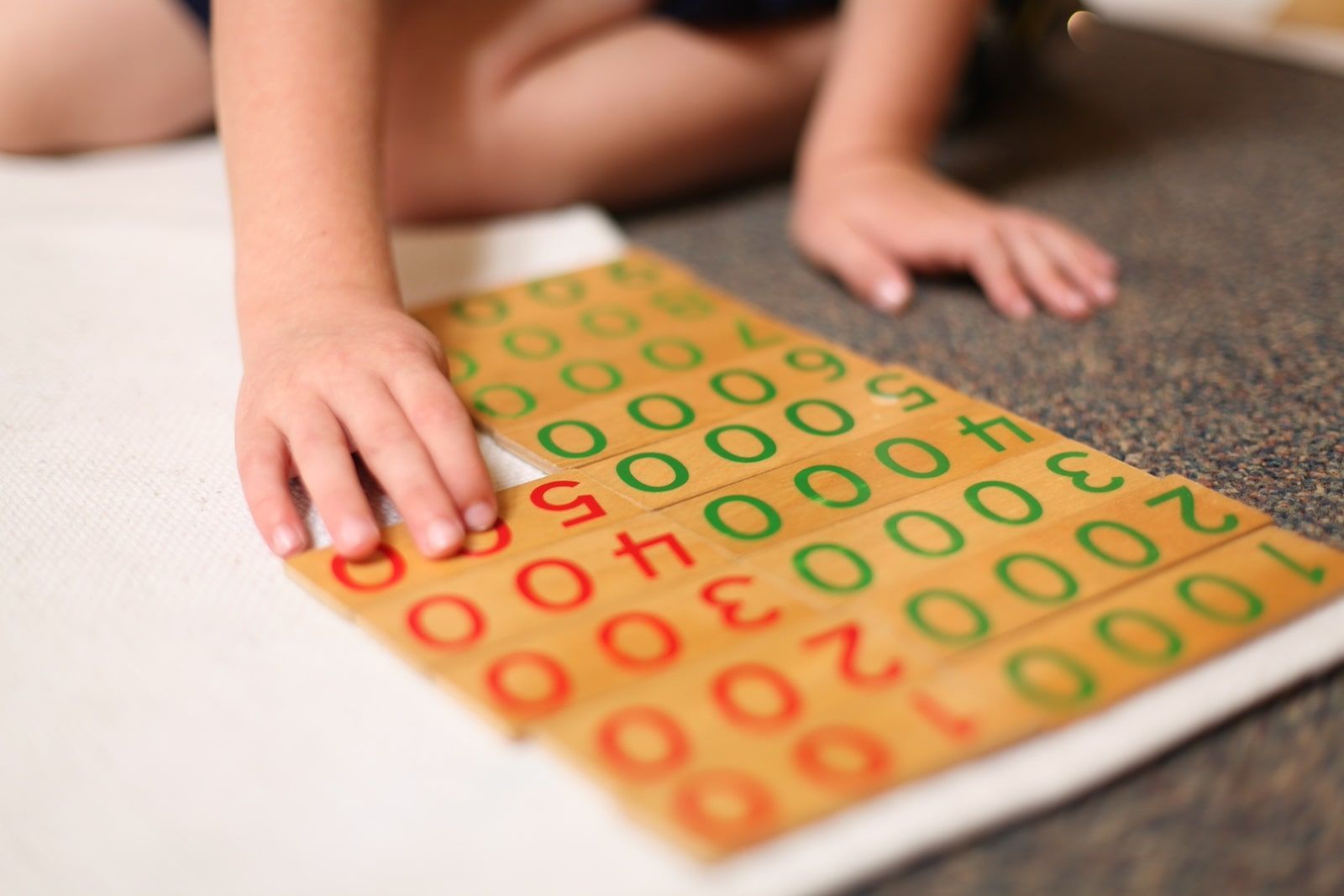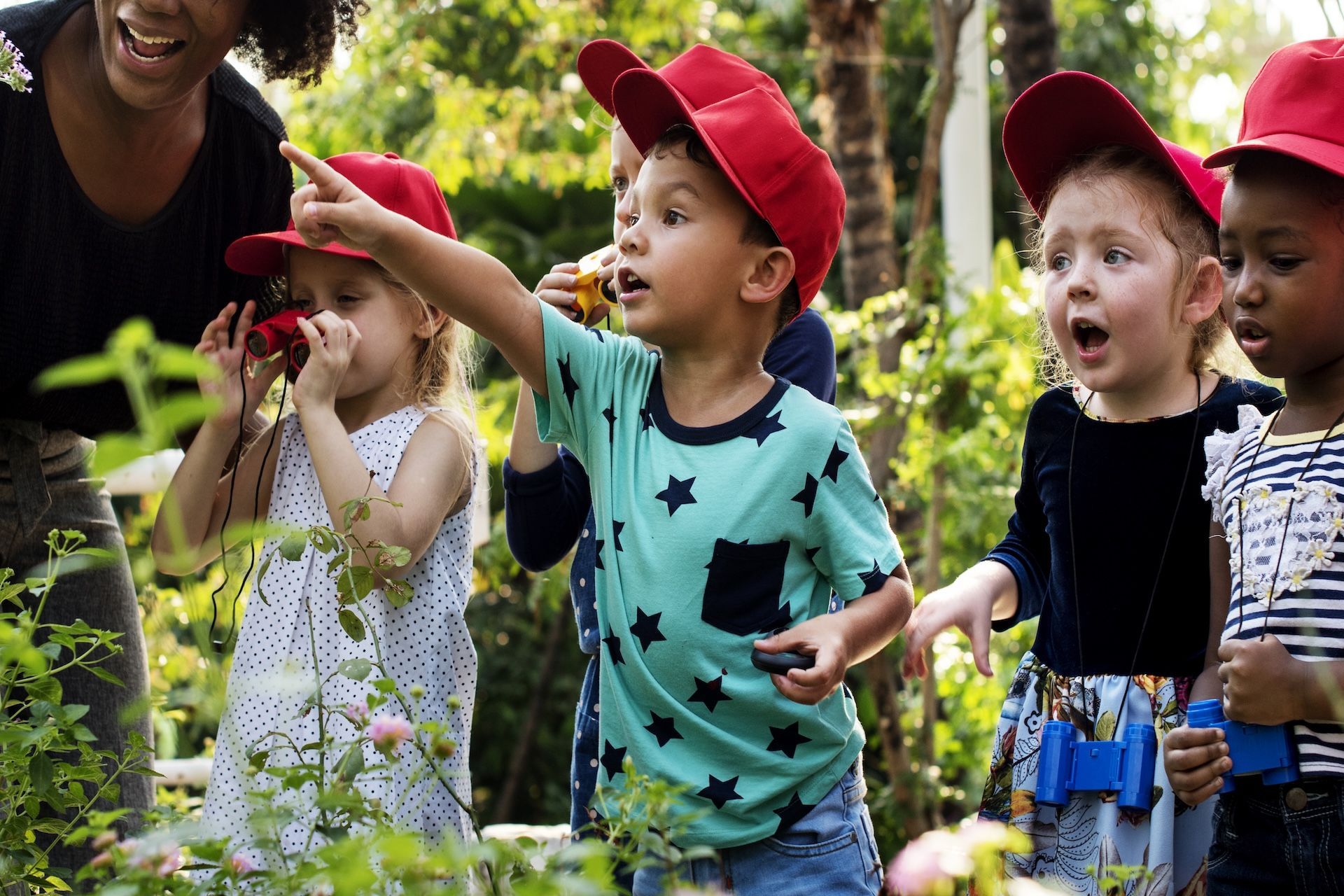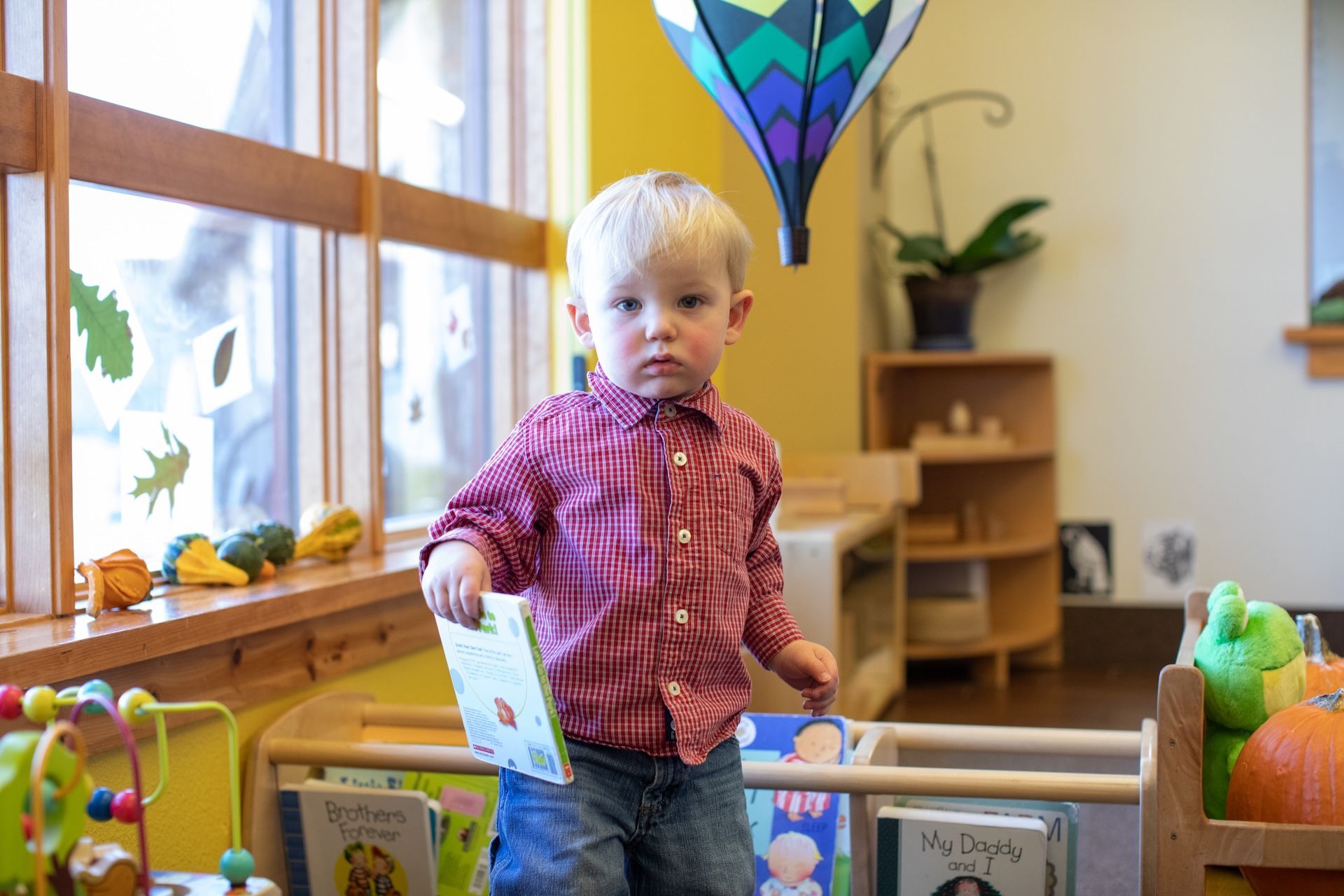What is Montessori? 5 Main Points
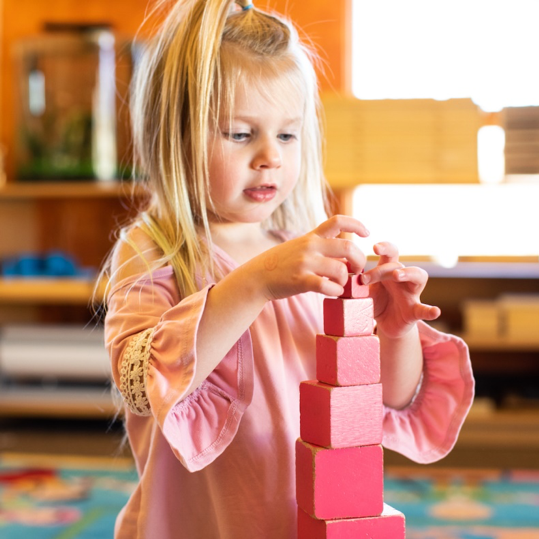
Pretty much anyone reading this article knows the answer to that question is not a simple one.
Are you new to Montessori? Have you found that anytime you ask the question you are amazed by the utter depth of the answers?
Have you had a child enrolled in Montessori for several years? Do people ask you to describe it and you find yourself unable to summarize it into a brief conversation?
You’re not alone. It’s challenging to squeeze an entire philosophy into a five-minute conversation.
Today, we’re giving it a try anyway, with what we feel are five main points that summarize the essence of Montessori education.1. Montessori considers human development and aims to meet people where they are.
Human development lies at the core of Montessori. Dr. Montessori spent years observing children and their behaviors, noted their individuality and variety, then categorized and summarized typical growth patterns. She called these the planes of development, and they span across the first 24 years of life.
Does everyone develop at different rates? Of course. Are there patterns that are seen in the development of most children? Absolutely. By developing a deep understanding of human development Montessori was able to create an entire educational system that honored children’s needs at different times in their lives. From the age groupings to the materials used, the physical environment and the very manner in which lessons are presented: everything is intentional. Everything is about meeting the child where they are in order to best support their needs.
2. Instead of delivering standardized information, Montessori hopes to guide students as they travel their path themselves.
You will never see a Montessori guide standing at a chalkboard at the front of a classroom lecturing students sitting in rows of desks.
In fact, you’ll never see a Montessori guide lecturing at all.
Is there a Montessori curriculum? Absolutely. Do modern Montessori schools take the time to ensure the curriculum continues to cover skills necessary for today’s students? They sure do. The major differences lie in the delivery of this curriculum.
Our youngest students (0-6) are taught almost exclusively via individual lessons. They each progress at their own pace, and while they are all working their way through the same materials and lessons, they don’t have the pressure of doing that at the same time as their peers. They also have the benefit of leaning into areas that interest them more deeply.
As our students get older, they do receive more group lessons, although the main driving factor for this approach is the older child’s need for peer connection. They still get to move at their individual pace, and they still get to explore areas that they feel particularly connected to.
Education should never be one-size-fits-all, or even fits most. Our guides understand the importance of mastering critical skills, but they also know that there cannot be a forced timeline when it comes to getting the job done.
3. Independence, from the start, leads to confidence and excellence.
That subheading really says it all. Infants in Montessori programs are allowed and encouraged to move freely; they aren’t confined to cribs but rather lie safely on floor beds. Toddlers learn to dress themselves, take an active role in their toileting progress, and begin to learn how to care for their environment. The gradual release of independence continues through adolescence, with Montessori teens learning to run their own businesses.
We believe in the capabilities of young people. We honor and respect their abilities to do things by and for themselves. We support them as they work toward independence, and the results are astounding.
When you are trusted to be independent, you feel respected and confident. That sense of confidence builds on itself with each experience and develops children into adults who are not afraid to take appropriate risks because they know that they can achieve what they set out to do.
4. Social interactions are a critical part of our growth, and social learning deserves as much attention as academics.
‘Educating the whole child’ is a phrase that gets thrown around a lot. It’s an admirable goal - critical, even. The problem is, most modern educational systems don’t actually support teachers in achieving this goal.
Montessori does. We know that’s a bold claim. We wouldn’t make it if we didn’t believe it was absolutely true.
When educators or families transition from a conventional school to a Montessori school, one of the most stark differences is that of the daily schedule. Montessori school days are not rigid or organized by subject matter. They have long blocks of time that are flexible and able to be used for all kinds of learning. Sometimes this means a child spends an hour working on large multiplication problems. Other times it means they sit with a friend and a teacher and talk about mediation skills.
Social learning is not taught in isolation in our classrooms; it’s an underlying theme that runs throughout. We have the benefit of being able to truly teach in the moment, so when conflict arises, it can be approached as a learning opportunity.
5. Society stands to benefit from a system of education that teaches students about the universe as a whole, as well as the interconnectedness of everything on Earth.
The Montessori curriculum was very intentionally created to nurture compassionate and active community citizens. When we teach children, our goal isn’t to prepare them for the workforce (although we do that as well). Our goal is to prepare them for life.
We teach our students about the universe, about how life has changed on Earth over time, about how each individual organism plays a part in the delicate balance of our ecosystems. We teach children about the ancient history of early humans, with a focus on how they developed skills like writing and systems of mathematics. This appeals to their own development of the same skills, and gives them a reverence for the people who came before them. It also allows them to feel a deeper sense of where they fit into the big picture.
To close, we will leave you with one of our favorite quotes by Dr. Maria Montessori herself. This idea is one that drives us to do what we do each day, and a hope we know we share with all of you.
“The child is both a hope and a promise for mankind.”


